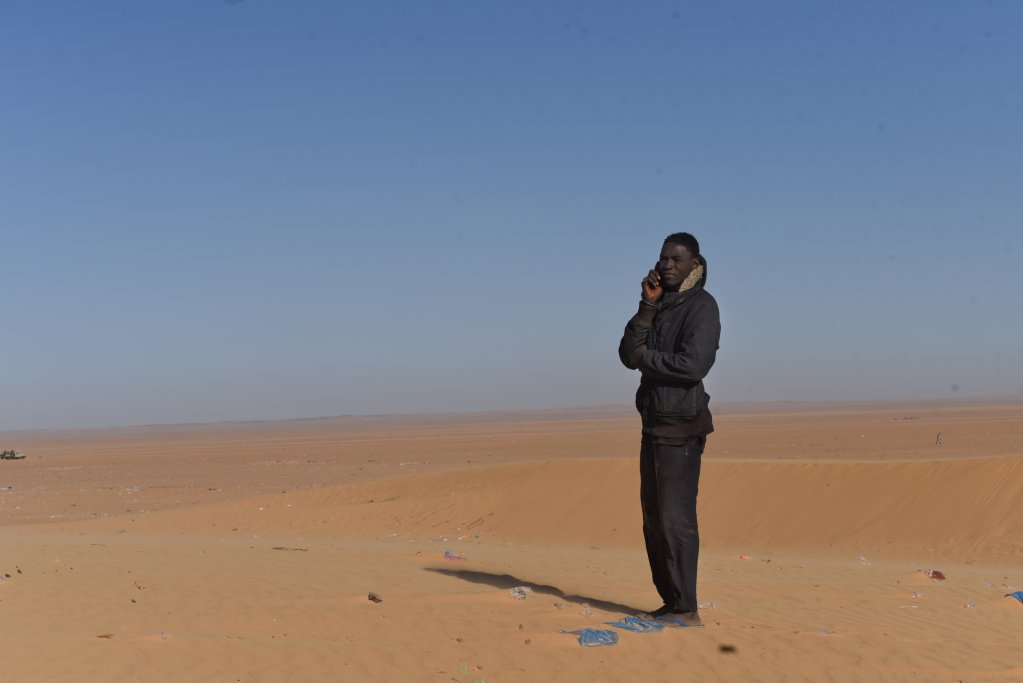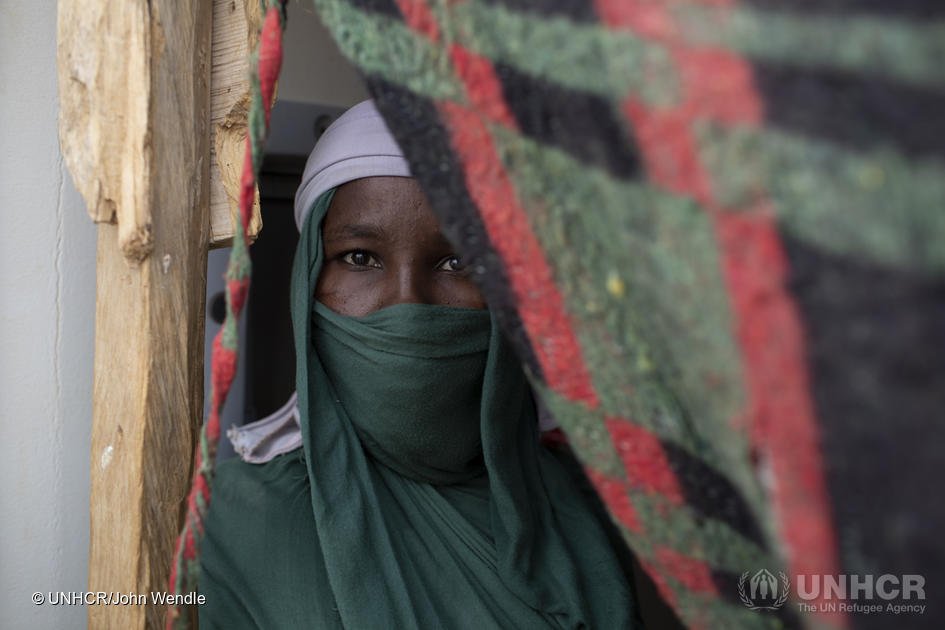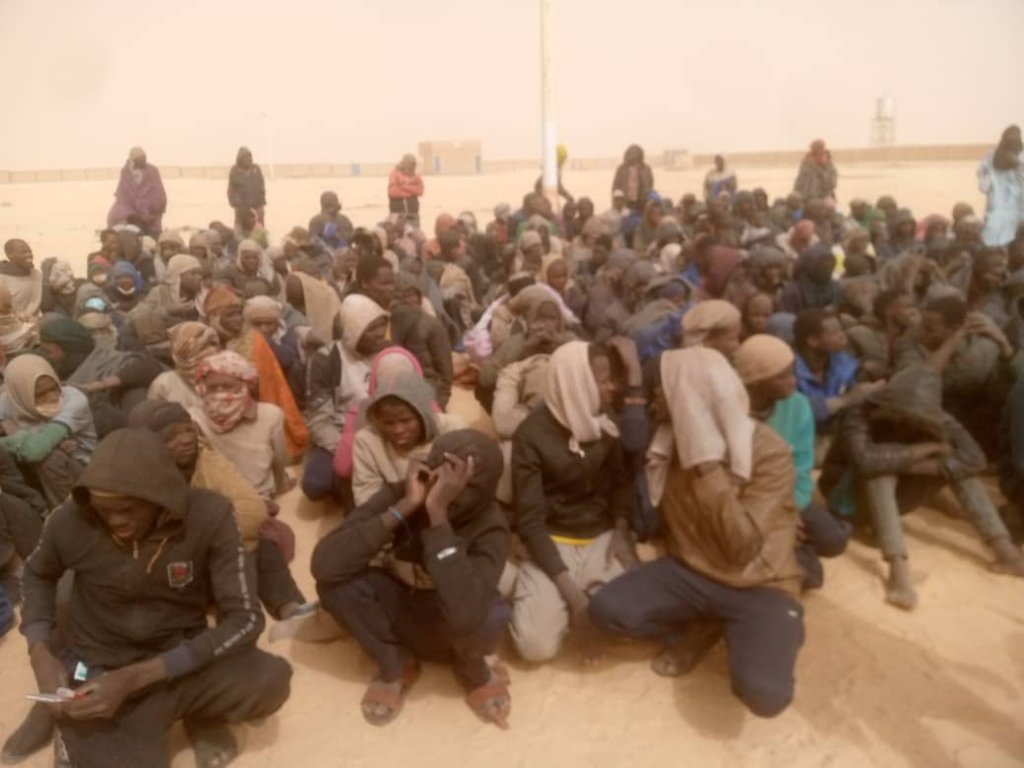According to the NGO Alarme Phone Sahara, at least 35 migrants are thought to have died in the Niger desert, on their way to Europe, since the beginning of the year.
"According to our estimates, between January and August this year, at least 35 or 40 migrants have died attempting to cross the Niger desert towards Libya and Algeria," said Aziz Chehou, the coordinator of the NGO based in Niger, Alarme Phone Sahara (APS) to the French press agency Agence France Presse (AFP) this week.
Thousands of migrants attempt to cross the Niger desert every year towards Libya and Algeria, but there are a lot of dangers along the way. Some die of thirst or hunger after getting lost or being abandoned by smugglers or attacked by armed groups who are active in the area. Some are traveling on vehicles that break down too far from any help.
"If the vehicles break down in the middle of the desert, it is quite likely that those on board will die of hunger or thirst, especially if they decide to set off and walk long distances in the hope of finding water, that they might believe are very close," explained Chehou.
Read AlsoAlgeria expels more than 1,000 migrants to northern Niger
Last week, 50 were rescued
Alarme Phone Sahara attempts to help migrants over this stretch of territory, monitoring journeys, but the distances are so vast, and the climate so hostile, that often they have no hope in finding a group that might be lost or in trouble.
According to APS, the Niger army regularly organizes search and rescue missions to help migrants who might have gotten into difficulty in the desert. Last week, Chehou tells AFP, a group of around 50 migrants, including four women, were rescued in northern Niger in the desert, not far from the Libyan border. They were found in the middle of nowhere after their vehicle had broken down on one of the known routes towards Europe, explained an army spokesperson.

"Some of the group were already in an advanced state of dehydration," the army spokesperson told AFP.
Some of those who get into trouble in the Niger desert are migrants who had already crossed it to Libya or Algeria but then were pushed back over the border to Niger. In 2024, according to Alarme Phone Sahara, 31,000 migrants were expelled from Algeria, a record number, the NGO told AFP.
Read AlsoNiger: Tensions running high among migrants at UNHCR center
Pushbacks from Algeria
Estimates from the Niger authorities put the number of migrants pushed back into Niger between January and June this year already at around 16,000, suggesting that the numbers could reach the same or slightly higher if they carry on in this direction by the end of the year.
APS has been trying to highlight what they claim are "brutal and inhumane" actions of the authorities who perpetrate these types of pushbacks. Most who are pushed into the desert have to walk many kilometers towards the village of Assamaka in northern Niger.
Assamaka is about 15 kilometers from the Algerian border and is the first place that most migrants come after being ejected from Algeria. Often temperatures in the region can reach around 47 or 48 degrees Celsius and this being the desert, there is literally no or very little shade.
There is also no water sources or food that might help sustain life a little longer.
Niger’s Minister of the Interior General Mohamed Toumba already complained in January this year that many migrants pushed back from Algeria were "disrupting the security situation in Niger." At the time, Toumba asked for the migrants to be "sent back to their home countries" and appealed to the UN Migration Agency IOM and the UN Refugee Agency UNHCR to help facilitate those transfers.
Read AlsoNew report highlights risks and costs of smuggling in the Central Sahel
Refugees and internally displaced
UNHCR published figures for Niger in July 2024, where they estimated that the country was host to about 411,000 refugees, 407,000 of whom were internally displaced within Niger, 55 percent of whom were women.
The UN has been trying to build medical facilities to help those displaced, as well as offering clean water and food to those in need. They work with local NGOs and the government to try and deliver services and offer the possibility of integration to those who have been displaced, where possible.
In June this year, the organization Doctors of the World sounded the alarm, saying there were around 7,000 migrants in an "irregular administrative situation" who had been expelled from Algeria into the Assamaka Desert in April and May this year.

Dr Toupou Lancinet, General Coordinator from Doctors of the World (MDM) in Niger, said the pushbacks represented an "unprecedented wave of refoulement." The medical professional explained that "while these [types of] expulsions are frequent, this is the first time that so many migrants have been expelled from Algeria at once."
Read AlsoNGO estimates more than 30,000 migrants deported by Algeria to Niger in 2024
Some children left to 'fend for themselves'
According to the governorate in Agadez, more than 700 children were among the group of 7,000 who had been expelled, making it impossible to provide enough dedicated spaces for children. MDM said they had resorted to sending children to volunteer host families where they could, but some had been left to "fend for themselves" on the streets of Agadez.
One young woman, Zalika, who made it to an MDM help point in Agadez, told the doctors, "the conditions are terrible. The trucks are open to the sky, it’s extremely hot. In the one my husband was in, a man died of dehydration. As soon as we pass through a town, we scream for the driver to stop so we can get water. But he never stops. Some faint, others succumb to their injuries on the way back. It’s horrible."

According to the French NGO, which has been working in Niger since 2014, there are around 5 million children and young people on the migratory routes in North and West Africa at the moment, spread across Niger, Mali, Tunisia, Morocco and Guinea.
Read AlsoNearly 20,000 pushed back to Niger in crackdown on migrants, NGO
'The needs are immense'
Dr Lancinet said that of the people his teams treat, "the needs are immense. People often have physical trauma, stomach pain, headaches, respiratory ailments and skin conditions. These illnesses are linked to the unsanitary conditions imposed on them."
MDM also points out that there are an "increasing number of cases of violence, including sexual violence against minors, and illegal seizures of property," along these routes and within Niger.
According to the UN children’s charity UNICEF, the humanitarian situation in Niger is generally difficult for many, whether they are migrants from other countries or people displaced within their own country.
In the first half of 2025, states UNICEF in a press release published on August 12, around 194,344 children under five suffering from severe wasting were admitted for treatment. "Insecurity continued to exacerbate vulnerabilities, with Rapid Response Mechanism RRM actors recording 75 displacement alerts affecting about 14,844 households."
Development aid funding suspensions, which are affecting the sector worldwide, resulted in a "pressing need for additional resources to address critical humanitarian needs," stated UNICEF. 88 percent of the total funding needed, estimates the UN body, is still lacking in Niger.
